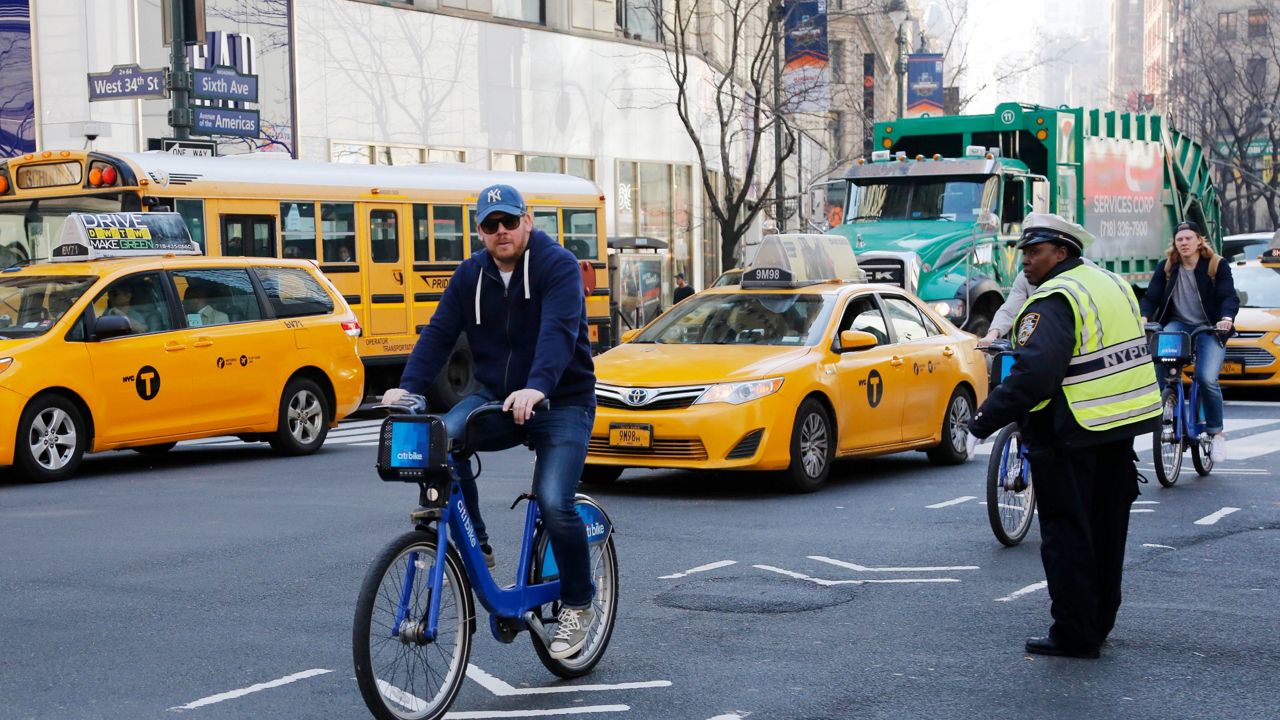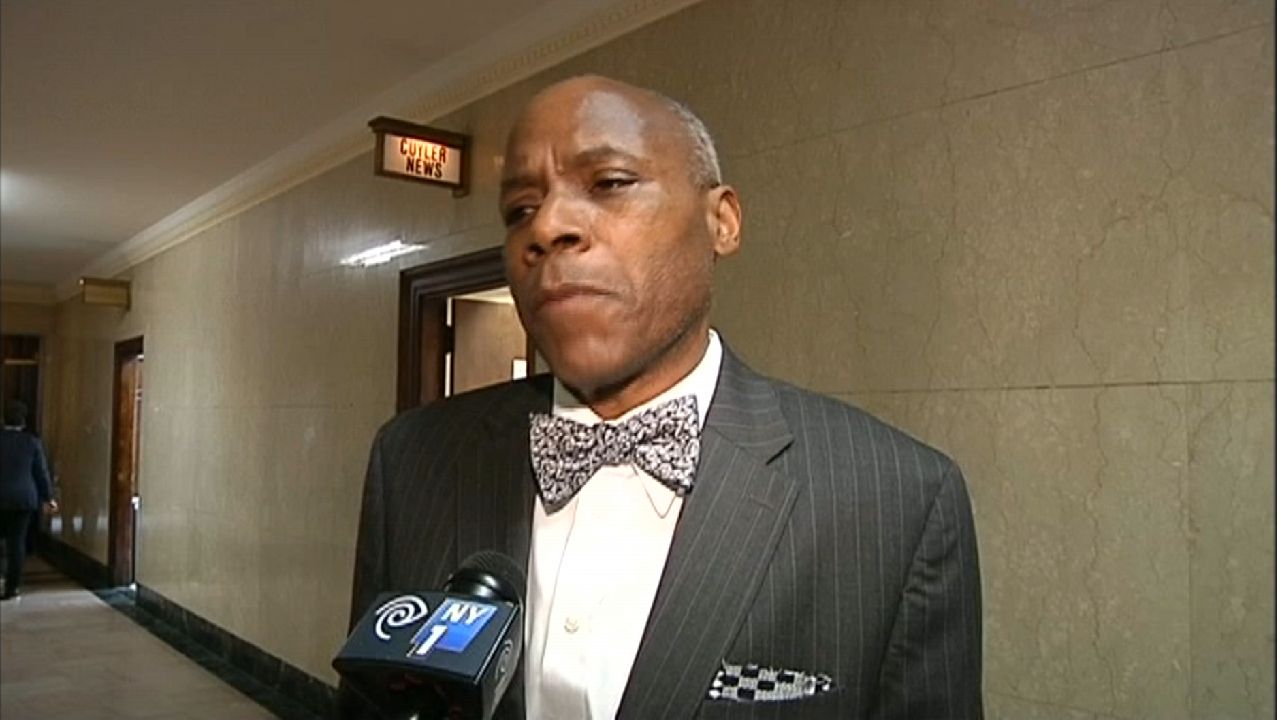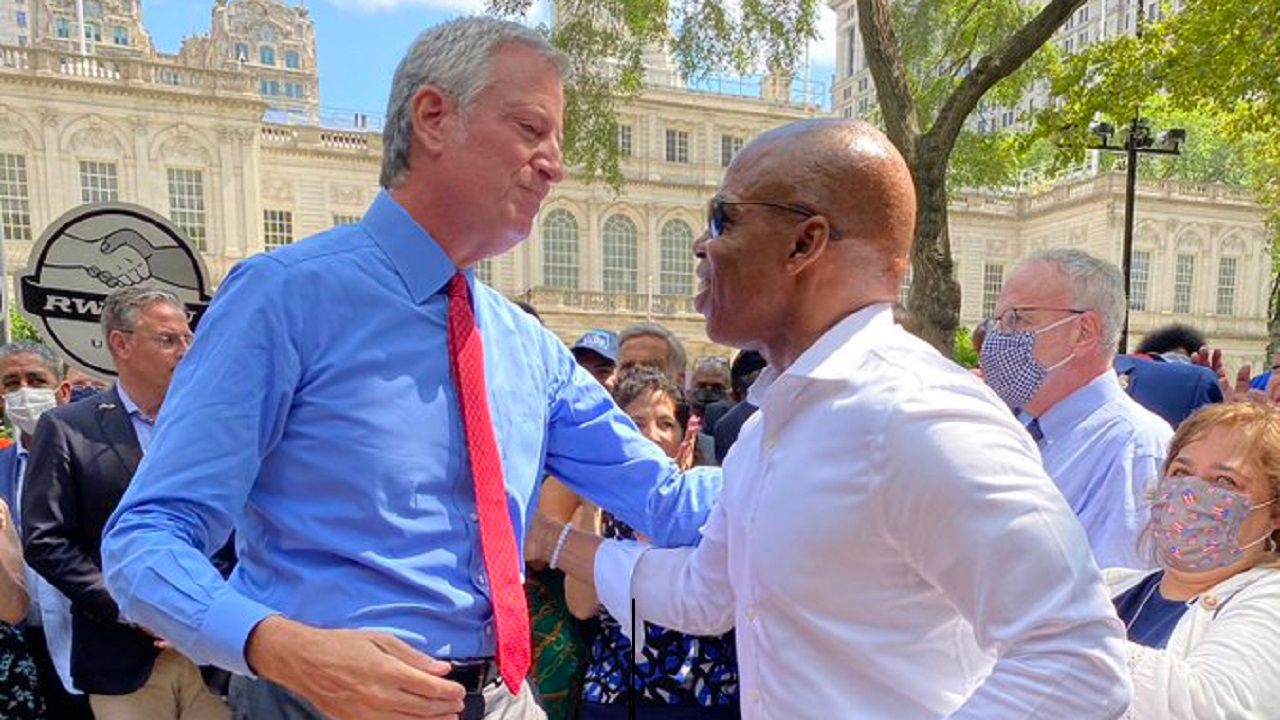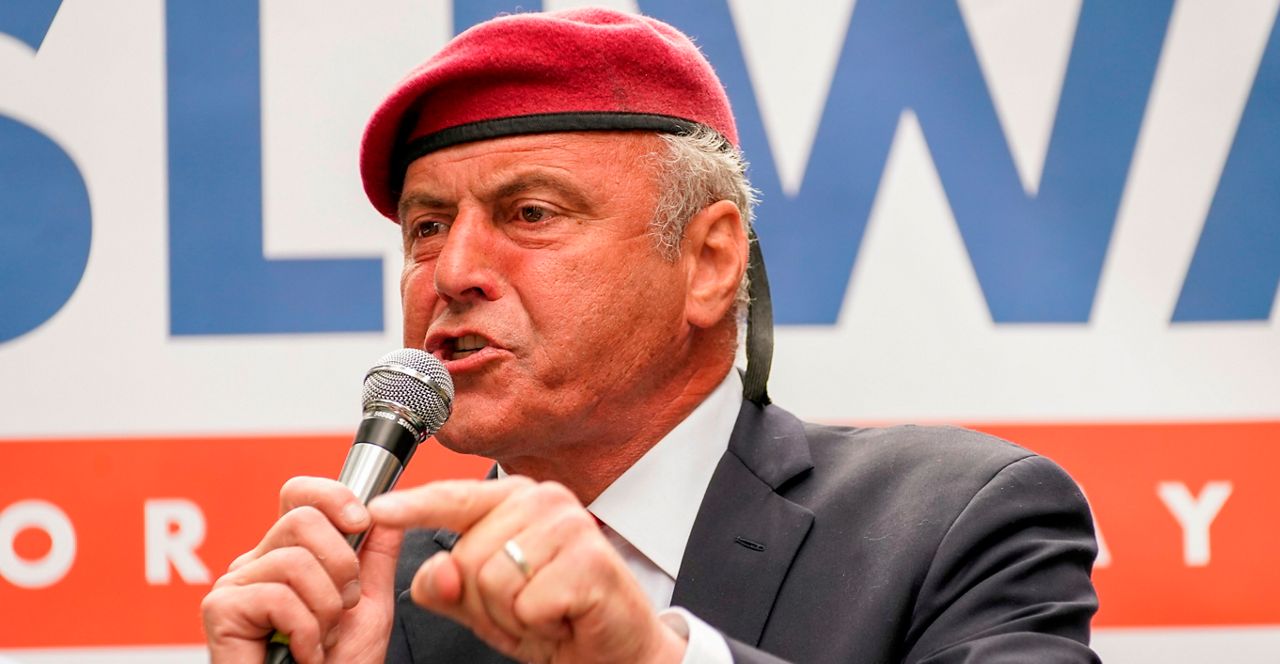For his entire campaign, mayoral candidate Eric Adams said the city's working class voters, especially Black and Latino New Yorkers, would identify with him and support his campaign.
And although ranked-choice voting calculations won’t begin until next week, what we do know about the Democratic primary appears to show he was right.
Neighborhoods across the city that are home to essential workers showed their first-choice candidate was Adams, a former NYPD captain who tried to connect his personal story to that of working class New Yorkers, specifically those who kept the city going through its darkest days at the height of the pandemic.
"The domestic workers, the cab drivers, the messengers, the people when COVID hit this city, we divided this city into essential and non-essential workers," Adams said Tuesday night, speaking to supporters shortly after the polls closed.
Adams did not secure more than 50% of the vote, so in the new world of ranked-choice elections, voters will have to wait until next week when ranked-choice rounds begin to get a final result, in addition to absentee ballots, which must also be counted.
One thing is clear: Black voters in particular helped carry the city for Adams.
Early data mapped by the the Center for Urban Research at the CUNY Graduate Center show Adams sweeping in Brooklyn, including Brownsville, East New York, Canarsie, Flatlands and parts of Crown Heights.
"You can definitely see that the strong support that Eric Adams has received is specially apparent in the predominantly apparent in the African American, Afro-Caribbean areas of South East Queens, Northern Bronx, Latino areas throughout the Bronx," said Steven Romalewski of the Center for Urban Research at the CUNY Graduate Center.
And recent data compiled by the City Comptroller's office shows these neighborhoods are also home to many working class New Yorkers. During the campaign, Adams secured support of a majority of the city's labor sector.
According to the comptroller's report, the largest share of frontline workers, 28%, call King's County home, followed by Queens and the Bronx.
"They are me and I am them, that's what connected," Adams said Tuesday. "When they saw me they saw their brother, their aunt. They just saw this ordinary person."
In Queens, Adams appears to have dominated in the South East portion of the borough. That alone accounts for 40% of the electorate.
"We will see how that eventually plays out. Is that enough to sustain his support and breaks that 50% mark? That remains to be seen," Romalewski said.
Adams was uncharacteristically quiet and away from the cameras on Wednesday, with all eyes now are looking to next week and the counting of those second-choice ballots.





